We ship via DPD to locations within Europe. Orders are processed within one or two business days.
Typically Standard shipping 3-5 business days. Tracking number is provided upon shipping confirmation email.

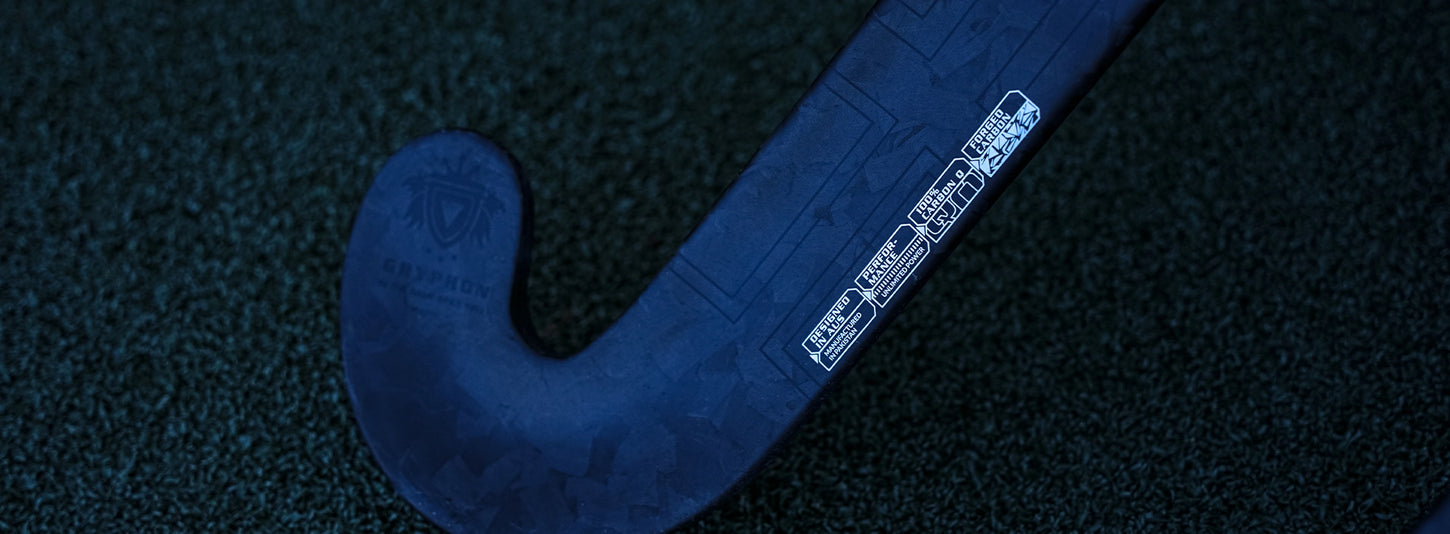
The Lay-up is the Gryphon performance ‘X’ factor. We do this differently, it is an art, it is a sixth sense based on years of experience and the knowledge of how to best achieve the desired result of power and a great crisp feel to allow that instant response from the players hands for exceptional ball control. This cannot be achieved using 100% of anything.
Gryphon sticks do not use a carbon percentage but a carbon quotient. The carbon quotient expresses an indicative stiffness measure of GRYPHON sticks as a relative measure to the widely used carbon percentages which we believe is meaningless as there is so many other parametres to consider in manufacturing hockey sticks.

Carbon fibre offers the advantage of being light with high stiffness [stiffness describes how much a material deflects (or bends) under force], and high tensile strength [tensile strength is the force required to bend the material until breakage]. When used correctly Carbon is an ideal component for hockey stick composition contributing to delivering high ball speed [power for hitting, slapping, pushing] whilst light [stiffness to weight ratio] so contributes to reducing overall weight to enhance players ability to move the stick quickly enabling “quick hands”.
Carbon fibre has the disadvantage of being brittle [being brittle describes that a material when subjected to stress breaks easily] in a hockey sense this mean that from impacts the carbon fibres are easily broken from stick to stick impacts and from repeated ball striking, and secondly carbon fibre has limited vibration dampening characteristics. These key disadvantages are overcome by how the Carbon is used and the use of Kraibon, Fibreglass, Aramid and The Resin Matrix in the composite Lay-up.
Fibreglass is the most common fibre in the composite industry. It is heavier and not as stiff than carbon fibre but is more impact resistant and has a greater elongation to break than carbon fibre. Fibreglass is used to control the flex, for its easy formability characteristics and high mechanical strength. These specifications make Fibreglass a crucial material in protecting carbon fibre from impacts.
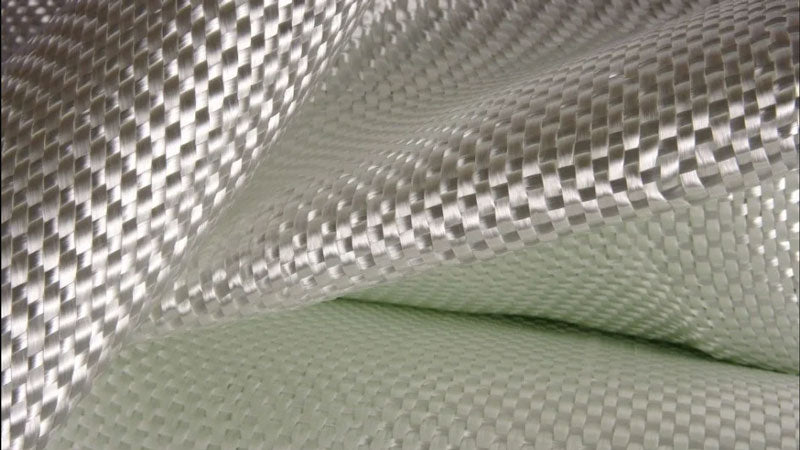
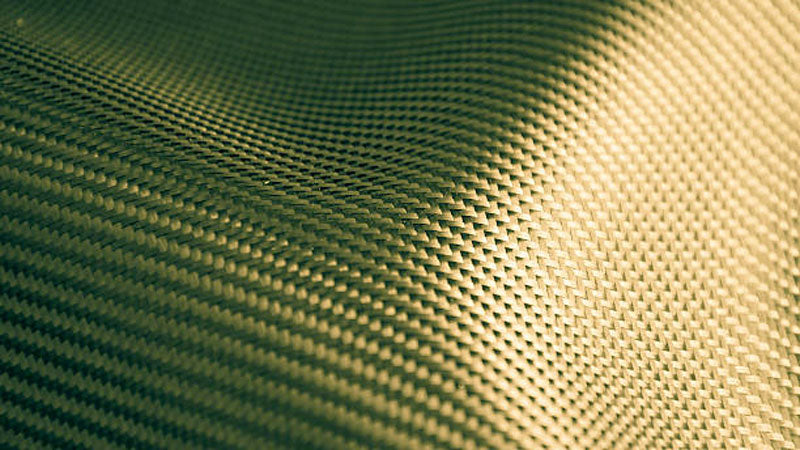
Aramid fibre provides an exceptional impact resistance and is very abrasion resistant. Heavier than Carbon, Aramid fibre is key in vibration reduction and fatigue resistancewhich make it a great addition to Carbon and Glass-fibres in the lay-up.
The Resin Matrix is the process of moulding the stick where the resin combines both the chemical and physical structures of different fibres together. When fibres and resin are combined they form a composite material with new characteristics that are better than the individual components.
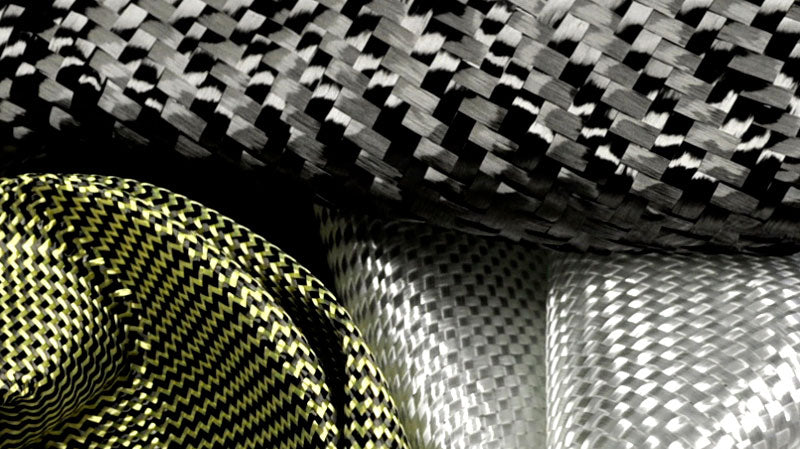
6K Carbon fibre only available for in the GXX TOUR Series is used as a reinforcement to maximise the strength properties of the hockey stick.
This fabric has an incredible strength to weight ratio and provides superior rigidity for great aesthetics.

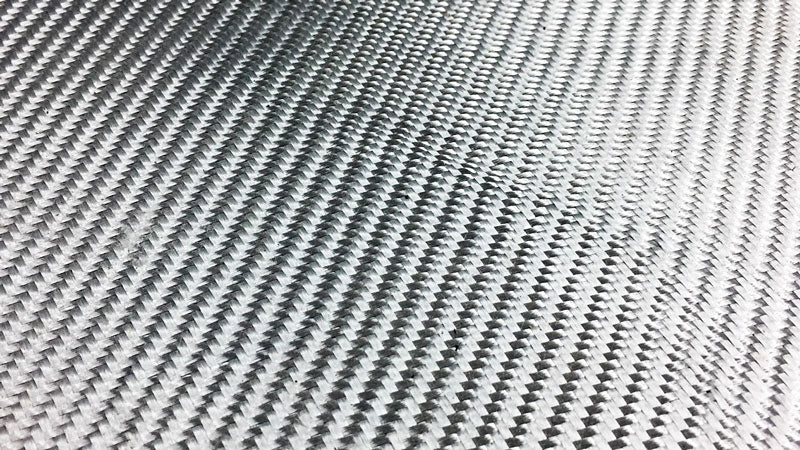
A-Tech is a woven material used in the TABOO Series which adds structural strength with a superior strength to weight ratio.
We ship via DPD to locations within Europe. Orders are processed within one or two business days.
Typically Standard shipping 3-5 business days. Tracking number is provided upon shipping confirmation email.